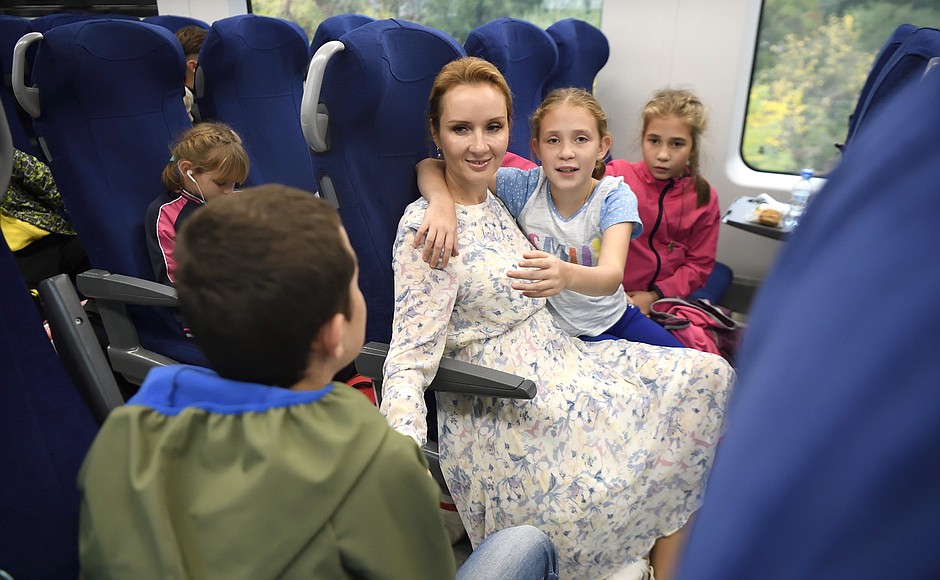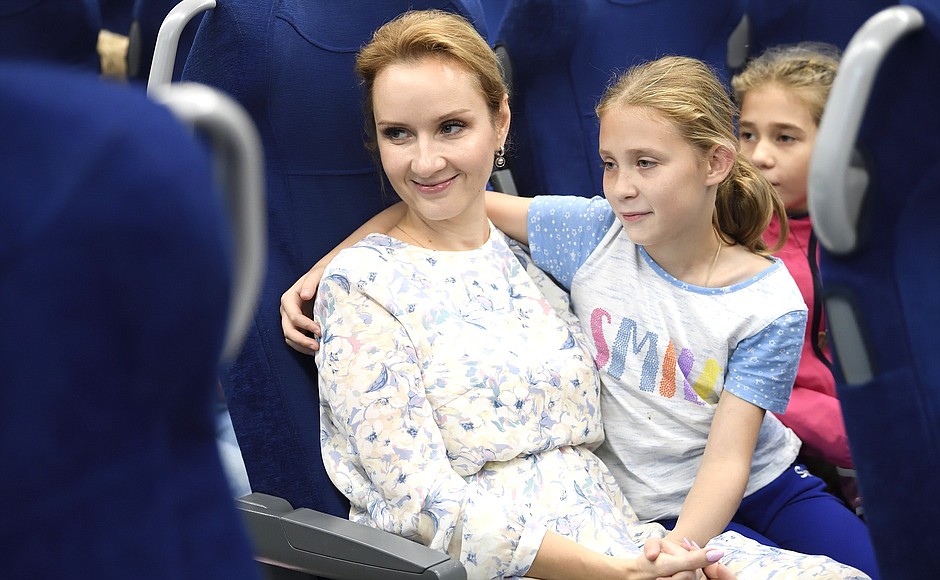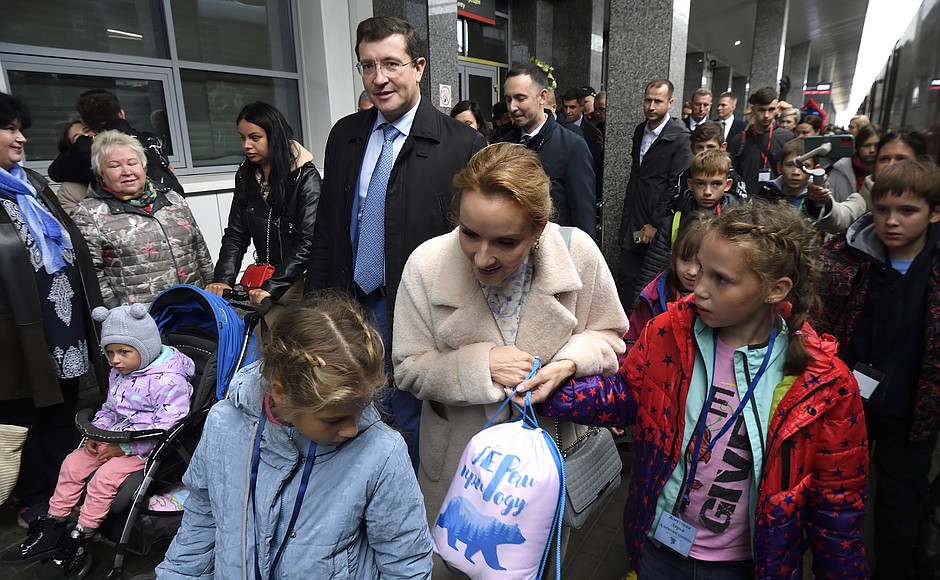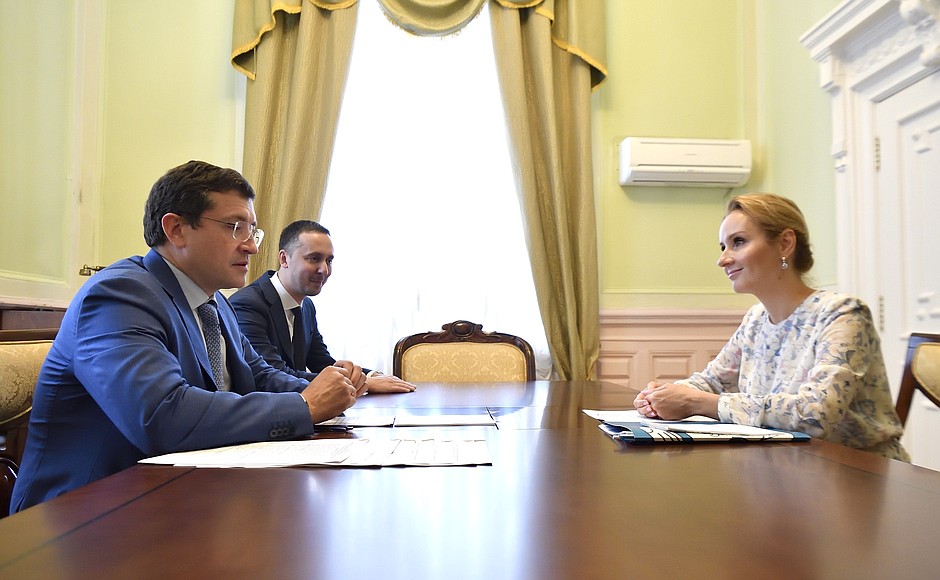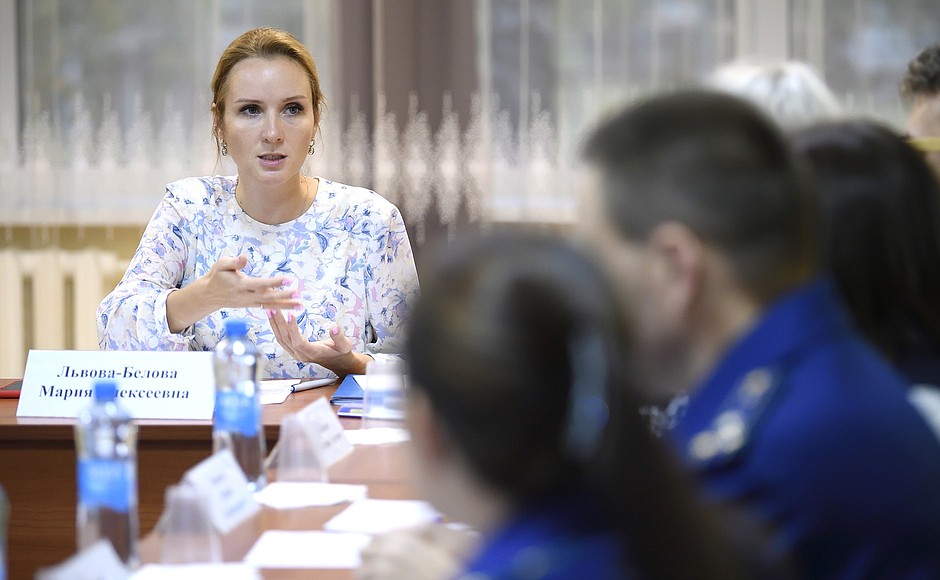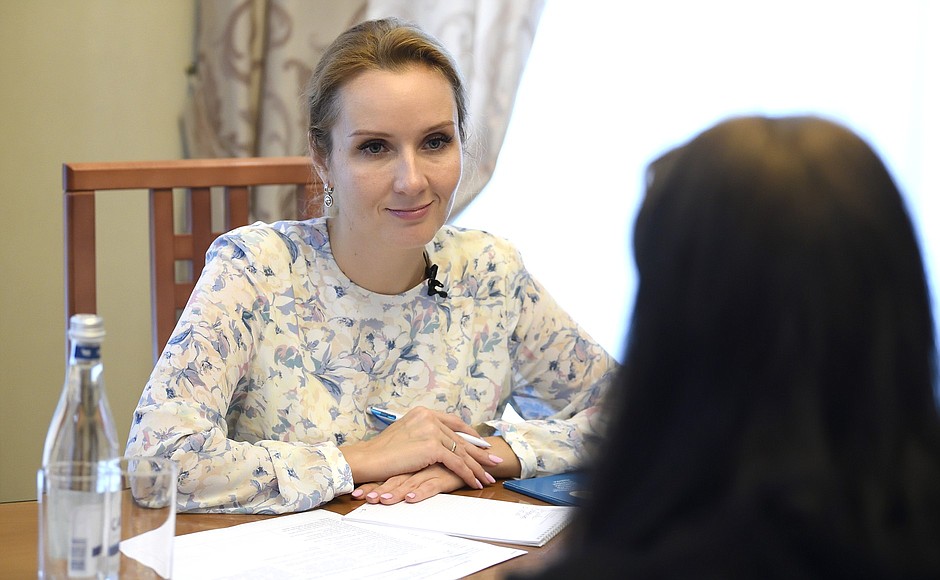Orphans from among those who arrived from the Donetsk People’s Republic to Russia on September 16 have been placed, with Maria Lvova-Belova’s assistance, with nine foster families in the Nizhny Novgorod Region in groups of two to five siblings. The age of the children ranges from six to 17, with most of them being teenagers. Some have disabilities.
All the children have been granted Russian citizenship. They stayed in orphanages for a long time, and most of them had traumatic experiences due to the many years of hostilities in Donbass. Psychologists, social workers and other specialists have worked with the potential foster parents and children to get a sense of the mood, state of mind and readiness of the children to join foster families. The focus was on choosing the right parents for the children, not the other way round.
The orphans, 125 in all, who arrived in Russia from the DPR have been placed with Russian families in 13 regions, namely, the Astrakhan, Voronezh, Kursk, Moscow, Murmansk, Nizhny Novgorod, Omsk, Penza, Rostov, Ryazan, Samara and Chelyabinsk regions and Moscow. Work on placing orphans from the republics of Donbass began this spring at the initiative of the Commissioner for Children’s Rights. About 300 orphans from the DPR have already been placed with Russian foster families, and paperwork is in the works for another 104 children from the LPR.
As part of her working trip to the Nizhny Novgorod Region, Maria Lvova-Belova discussed with Governor Gleb Nikitin social practices designed to support families with children in difficult life circumstances and progress of the Commissioner’s strategic programmes in the region. She also held a meeting of the working group on the project to reduce the number of children under four years of age at children’s homes. They agreed that, if necessary, the region will support measures for social rehabilitation of the parents who have completed treatment for alcohol addiction.
In addition, the children’s ombudsman met with two mothers who had turned their children over to institutions. In both cases, the families were facing hardship. They were offered assistance in gathering documents to make them eligible for benefits, putting them on a waiting list for a flat, and finding employment. Both mothers showed readiness to take their children back from institutions soon.
